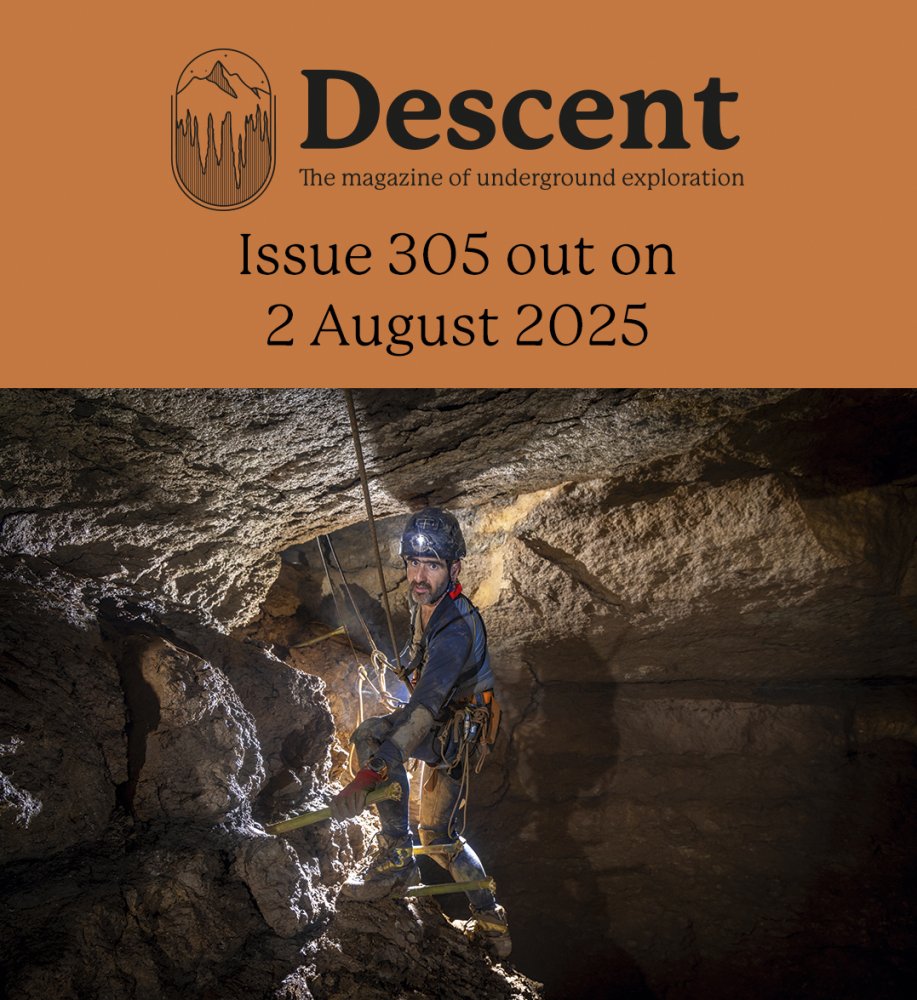mrodoc said:
The profile of caving needs raising but also the issue of conservation. Sadly the caves in the Dales have suffered badly from fairly free access. I started caving 50 years ago and in my early days remember wondering why Easter Grotto in Easegill was so badly damaged when there was no reason for the damage to occur. Most recently I visited the areas around GG main chamber and, again, cannot understand why there is so much damage to the formations. This was the case when we also visited more remote locations in the cave, and saw mud had been hurled at pristine stal. Caves aren't just playgrounds, they are an unusual part of our environment. In Devon where free access to Pridhamsleigh as been the norm for many years all the formations in the system have been destroyed except those accessible by diving. So whilst free access might seem a great idea we do need to temper that with protection and respect for the caves.
Tim's initiative on behalf of BCA is just what is needed in respect of the CRoW Act and shows caving's national body, the British Caving Association, working on behalf of the interests of its members, unlike the original debate when, for want of a solution to the problem, the previous national negotiating body, the National Caving Association, rather sat on the fence and helped leave the situation ambiguous.
I personally would like to see a return of cave science to a more central stage in order that members of the BCA are better informed of aspects of cave science and helped to take up an interest in following scientific recording and studies of the cave systems in which they are interested. This interest I tried to foster through the 'Discovering . . .' series in
Caves & Caving (87-91 inc.).
As Pete rightly points out there are a number of caves where managed access and an intelligent approach to handling the idea of making shortcuts through particularly attractive sections of naturally remote and difficult of access passages can help slow down the rate of attrition by which speleothems and unspoilt sediment floors are otherwise lost forever.
Left alone, cave entrances, in the state in which they are originally found, usually deter the novice or non-caver, but once opened up 'comfortably' to facilitate ease of access and carrying out work inside the cave, tend to invite all comers. Thereby these artificially opened up caves are, from time to time, in need of careful management to ensure that those entering do not harm themselves or the cave. There may also be fixed aids installed inside in some of the longer systems and these aids require regular inspection and replacement when necessary by a responsible body which manages the cave.
Scientific work inside caves also needs managing and coordination since otherwise the work of one scientist or group could interfere with or simply replicate that of another. This is especially the case where hydrological tests are carried out
using various dyes and speleothem or sediment
samples removed for laboratory analysis.
So, in order for cave access to be fully recognised under the CRoW Act, the question of the
right of landowners to designate certain systems on their land as being managed caves, either through open or controlled access, and/or create and cause to be run show caves which are opened to the public under certain terms of entry and safety provisions, needs to be fully addressed and taken into account.



